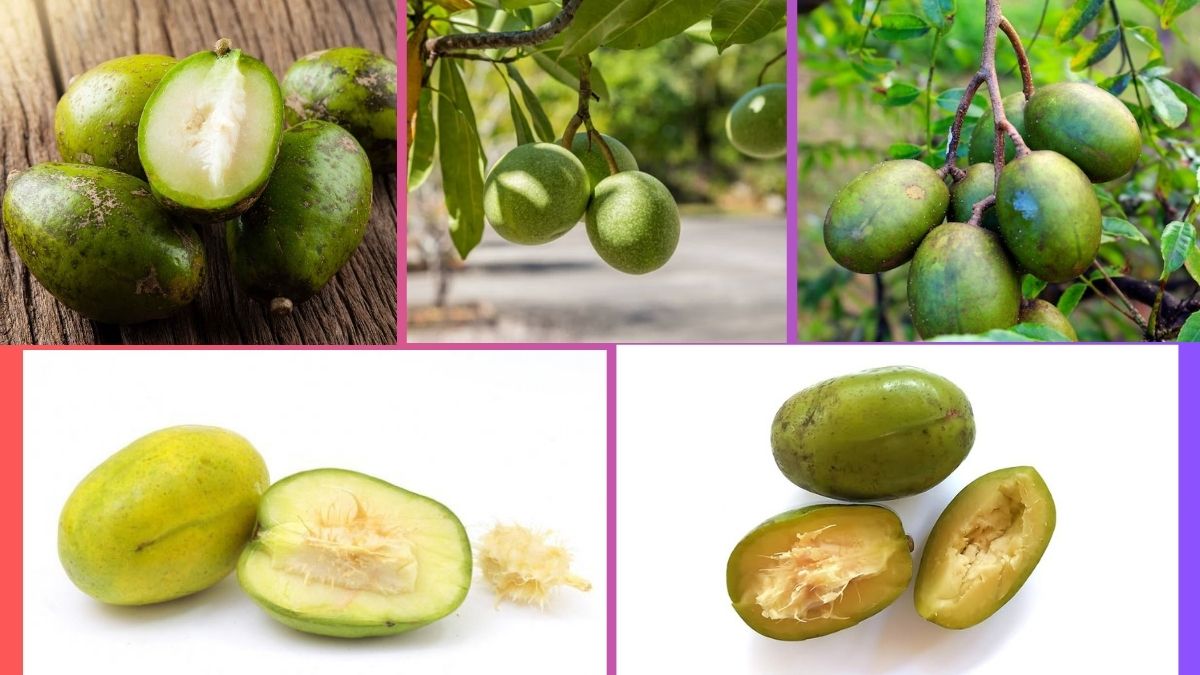Among the vast and colorful variety of tropical fruits cultivated around the world, Ambarella (Spondias dulcis) holds a unique place. Known for its crisp texture, tangy-sweet flavor, and rich nutritional value, this versatile fruit is consumed in both raw and processed forms. Popular in Southeast Asia, the Caribbean, the Pacific Islands, and parts of Africa and South America, Ambarella has carved out a niche in local diets and global fruit markets.
While several nations cultivate and trade Ambarella, Thailand has emerged as the largest producer and exporter globally, owing to its favorable tropical climate, large-scale cultivation, and thriving export infrastructure. This article examines Ambarella’s cultivation, its significance, global production trends, and the factors that position Thailand as the world’s leading producer.
What is Ambarella?
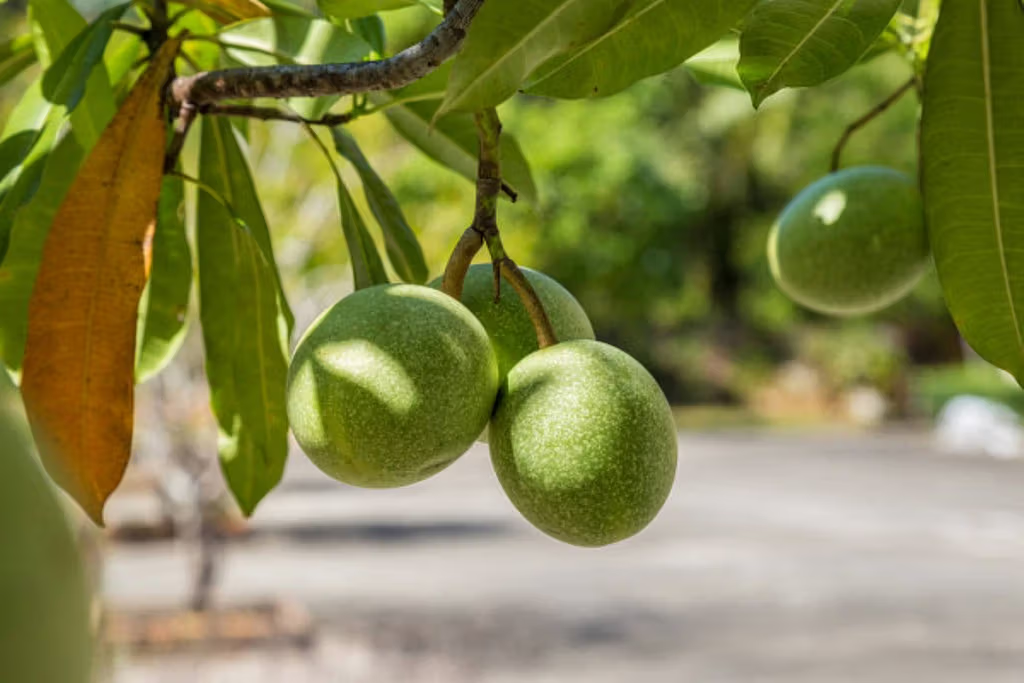
Ambarella, also known by names such as June Plum, Golden Apple, Otaheiti Apple, Makok Farang (in Thailand), and Kedondong (in Malaysia and Indonesia), is a fast-growing tropical fruit tree that belongs to the Anacardiaceae family — the same family as mangoes and cashews.
The tree typically reaches a height of 10–15 meters and produces oval, green fruits that turn golden-yellow when ripe. Inside, the fruit contains a spiky, fibrous seed. The fruit’s crunchy texture and tart flavor make it popular in both fresh and culinary uses, ranging from salads and pickles to jams, jellies, juices, and chutneys.
Native Habitat and Distribution
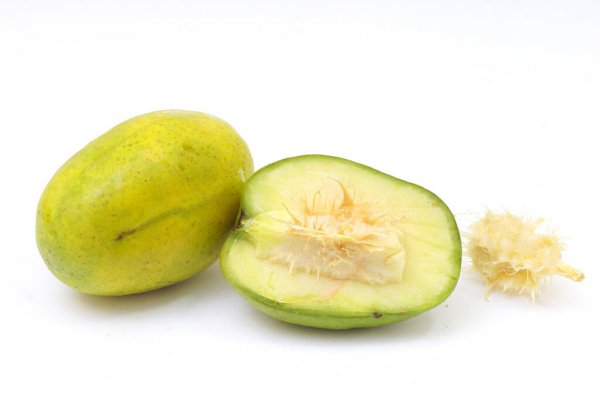
Ambarella is believed to have originated in Melanesia and Polynesia and was later spread to tropical regions worldwide through Austronesian migration and colonial trade. Today, it is grown extensively in:
- Thailand
- Malaysia
- Indonesia
- Vietnam
- Sri Lanka
- India
- Philippines
- Caribbean islands
- South Pacific nations
- East and West Africa
Despite being cultivated in many regions, not all countries produce Ambarella on a commercial or export scale. The bulk of global production is concentrated in Southeast Asia, particularly in Thailand.
Global Production and Trade Overview
In global agricultural markets, tropical fruits like mango, lychee, and rambutan dominate exports, but Ambarella has steadily gained recognition due to growing demand in Asian and diaspora markets. Though precise global production statistics are limited, export data and trade records consistently identify Thailand as the leading Ambarella producer and exporter.
According to recent international trade statistics (2023 data from Tridge and FAOSTAT sources):
- Thailand accounts for approximately 20% of global Ambarella exports by value, surpassing other producers.
- Malaysia, Vietnam, and Indonesia follow as secondary contributors.
- Caribbean nations such as Jamaica and Barbados cultivate Ambarella primarily for local consumption.
- Exporting countries like Canada and Poland often act as re-exporters, sourcing fruits from tropical nations like Thailand and Malaysia.
Why Thailand Leads in Ambarella Production
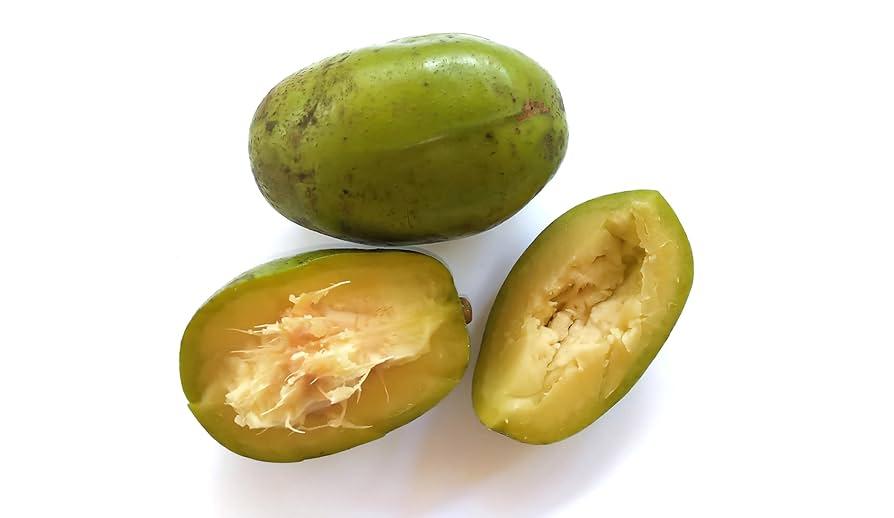
1. Favorable Climatic Conditions
Thailand’s warm, humid, tropical climate with consistent rainfall and fertile soil offers ideal growing conditions for Ambarella. The tree thrives in regions with temperatures between 22°C and 32°C and is cultivated throughout the country, especially in:
- Central Plains
- Eastern provinces (Chanthaburi, Rayong, Chonburi)
- Southern Thailand
2. Large-Scale Cultivation
Thailand cultivates Ambarella both in commercial orchards and as an agroforestry crop alongside coconut, banana, and mango. This large-scale, organized farming system ensures consistent quality and year-round supply for both local markets and export demands.
3. Advanced Harvesting and Post-Harvest Infrastructure
Thailand has invested significantly in modernizing its fruit industry. From fruit grading and packaging facilities to cold storage and export logistics, the country ensures minimal post-harvest losses and meets strict international export standards.
4. Thriving Domestic Market
Ambarella is not only produced for export in Thailand but also enjoys widespread domestic consumption. It is popular in Thai street food culture, used in tangy som tam (papaya salad) variations, pickles, jams, and beverages, ensuring year-round demand.
5. Strong Export Network
Thailand exports fresh and processed Ambarella to several countries, including:
- China
- Singapore
- Malaysia
- Middle Eastern markets
- European niche markets
- North America (for Asian diaspora)
Ambarella’s Nutritional and Economic Value
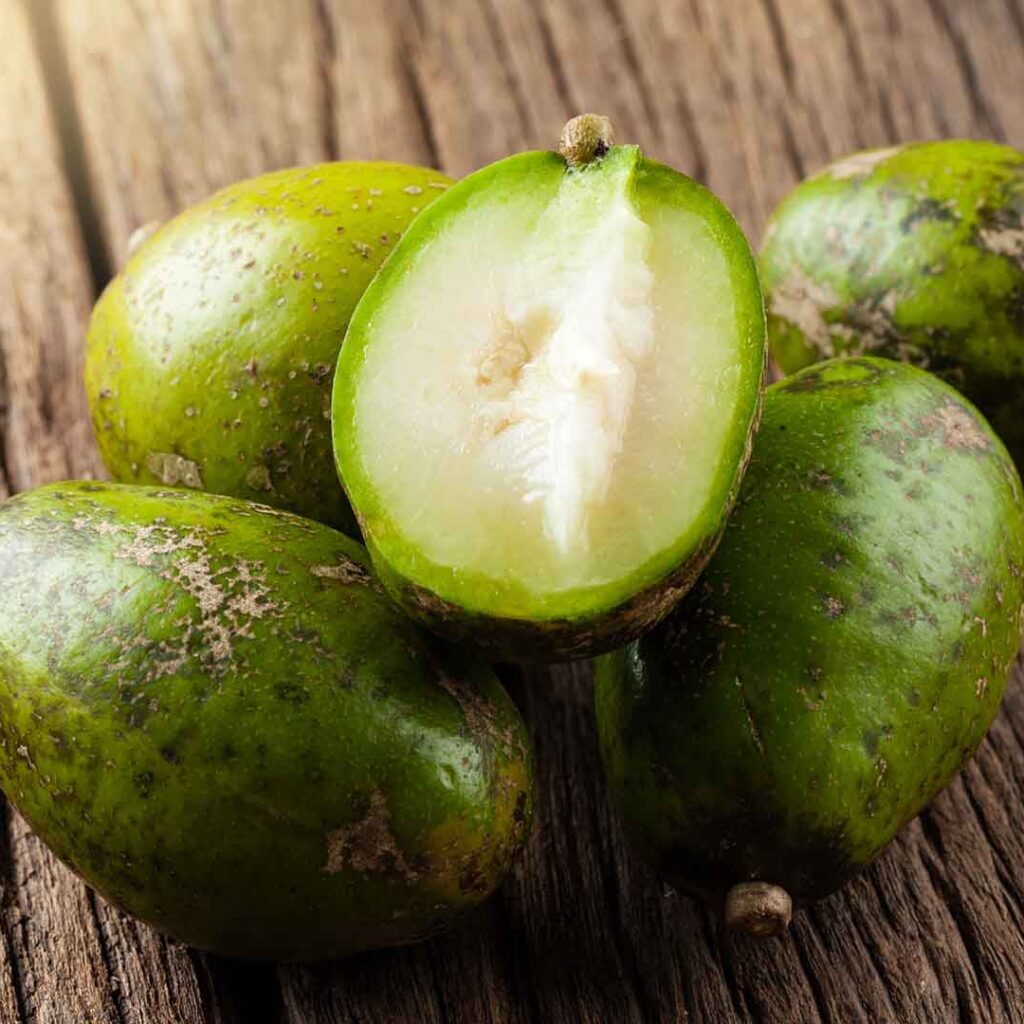
Ambarella is prized not just for its flavor but also for its nutritional benefits. It is an excellent source of:
- Vitamin C
- Vitamin A
- Iron
- Calcium
- Phosphorus
- Dietary Fiber
The fruit aids digestion, boosts immunity, supports skin health, and acts as a natural antioxidant. In rural economies, Ambarella serves as a valuable cash crop, providing income opportunities for smallholder farmers during the off-season of other tropical fruits.
Other Significant Producers
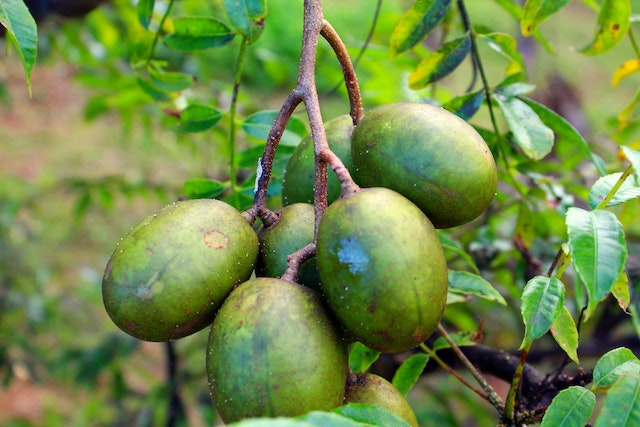
Malaysia
Malaysia cultivates Ambarella primarily in Penang, Selangor, and Johor, with increasing commercial farming. While it has a well-developed domestic market, its export capacity remains modest compared to Thailand.
Vietnam
Vietnam’s Mekong Delta region produces Ambarella in home gardens and small-scale farms. Most of the production is consumed locally, often pickled or added to spicy salads.
Indonesia
Known as Kedondong, Ambarella is popular in Indonesia, particularly in Java and Sumatra, used in both raw and processed forms. However, commercial farming is less extensive.
Caribbean Nations
In Jamaica, Barbados, and Trinidad, Ambarella trees are grown in home gardens. The fruits are made into stews, jams, and juices but are rarely exported due to limited production volume.
Challenges in Ambarella Production
While Ambarella cultivation has significant potential, producers face challenges such as:
- Post-harvest perishability: Ambarella has a short shelf life once harvested, requiring prompt handling and cooling.
- Seasonal fluctuations: Yields can vary based on climate and rainfall patterns.
- Limited processing facilities: In many producing countries, value addition through processing is underdeveloped.
- Global market competition: Competes with more widely known tropical fruits like mango and guava in export markets.
Future Outlook and Market Potentia
The future of Ambarella cultivation and trade looks promising, driven by:
- Rising health food trends favoring exotic, nutrient-rich fruits.
- Expanding Asian diaspora markets in North America and Europe.
- Opportunities for processed products like dried Ambarella, jams, chutneys, and drinks.
- Agro-tourism initiatives promoting tropical fruit farms.
Thailand, with its established leadership and export infrastructure, is well-positioned to capitalize on these trends and expand Ambarella’s global footprint.
Conclusion
In conclusion, Thailand is the largest Ambarella producer globally, leading in both production volume and export trade. Its tropical climate, organized farming practices, robust domestic market, and efficient export network enable it to consistently supply high-quality Ambarella to international markets.
While other Southeast Asian countries like Malaysia, Vietnam, and Indonesia also cultivate Ambarella, their production and export volumes remain comparatively limited. The growing interest in exotic, health-promoting fruits positions Ambarella as a rising star in tropical fruit trade, with Thailand at the forefront of its global journey.
As market demand grows and processing technology improves, Ambarella’s contribution to tropical agriculture and international trade is expected to expand, offering economic opportunities to farmers and new culinary experiences to consumers worldwide.
